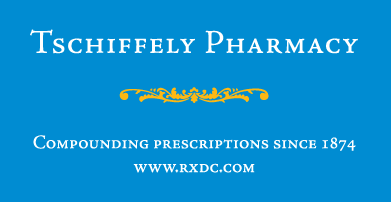
To Buy Prednisolone Online Visit Our Pharmacy ↓

Origins and History of Prednisolone Vs. Prednisone
The intriguing tale of prednisolone and prednisone begins in the mid-20th century, marking a significant advance in synthetic corticosteroid development. Prednisone was synthesized first in 1950, immediately gaining attention for its ability to treat inflammation. Soon after, the discovery of prednisolone in 1957 emerged as a breakthrough in pharmacology. While prednisone requires metabolic conversion in the liver to become active, prednisolone is inherently active. This distinction has shaped their use, providing an essential choice for patients with liver dysfunction—favoring prednisolone in clinical practice.
| Year | Development |
|---|---|
| 1950 | Synthesis of Prednisone |
| 1957 | Discovery of Prednisolone |
Chemical Structures and Their Impact on Function

Prednisolone and prednisone, although closely related, have distinct chemical structures that influence their biological roles. Prednisone serves as a prodrug, meaning it requires metabolic conversion in the liver to transform into the active compound, prednisolone. This transformation involves the reduction of the keto group in prednisone to a hydroxyl group in prednisolone. This subtle structural change impacts their function significantly, with prednisolone exhibiting greater immediate biological activity. Ultimately, these differences in chemical architecture influence their metabolism, efficacy, and application in clinical settings.
Metabolism: How the Body Converts Each Drug
When it comes to how the body handles prednisolone and prednisone, the key difference lies in liver metabolism. Prednisone is a prodrug, meaning it requires conversion in the liver to become pharmacologically active. Once processed, it's transformed into prednisolone, the active form. This conversion is crucial, as individuals with impaired liver function might experience delayed or reduced efficacy. In contrast, prednisolone is already active right after ingestion, bypassing the need for this metabolic step, potentially offering quicker onset of effects in certain circumstances.
Efficacy and Potency: Which Works Better for What?

Prednisolone and prednisone each have their own unique strengths when it comes to treating various conditions. Prednisolone, being the active form, acts more quickly and is often favored in situations where rapid action is necessary, such as severe inflammation or acute asthma exacerbations. In contrast, prednisone needs to be converted by the liver into prednisolone, making it slightly slower but still highly effective.
Both drugs show excellent efficacy in managing allergic reactions, autoimmune disorders, and chronic inflammatory conditions, although prednisolone might be preferred in patients with liver impairment, due to its already active nature. Ultimately, the choice between these medications often hinges on specific patient conditions and how their bodies metabolize each drug.
Side Effects: What to Expect from Each Medication
In comparing the side effects of prednisolone and prednisone, it's clear that each medication presents a unique profile. Despite similarities, prednisolone tends to cause less fluid retention and weight gain, making it a preferred option for individuals managing hypertension or heart issues. However, both drugs may lead to changes in mood or increased susceptibility to infections due to their impact on the immune system. It’s crucial for patients to discuss these potential effects with their healthcare provider to tailor treatment choices effectively.
| Medication | Common Side Effects |
|---|---|
| Prednisolone | Less fluid retention, mood changes |
| Prednisone | Fluid retention, mood changes |
Use Cases: When to Choose Prednisolone over Prednisone
When deciding between prednisolone and prednisone, specific situations favor prednisolone use. Prednisolone is often preferred in patients with liver impairment because it doesn't require metabolic activation by the liver, unlike prednisone. This makes it more suitable for individuals with compromised liver function who may not efficiently convert prednisone to its active form. Additionally, pediatrics might favor prednisolone due to the availability of liquid formulations, easing administration for children who have difficulty swallowing pills. Moreover, cases where quick action is necessary might benefit from prednisolone's already active state, ensuring rapid therapeutic effects.
Sources: https://www.ncbi.nlm.nih.gov/pmc/articles/PMC267780/ https://pubmed.ncbi.nlm.nih.gov/3556841/